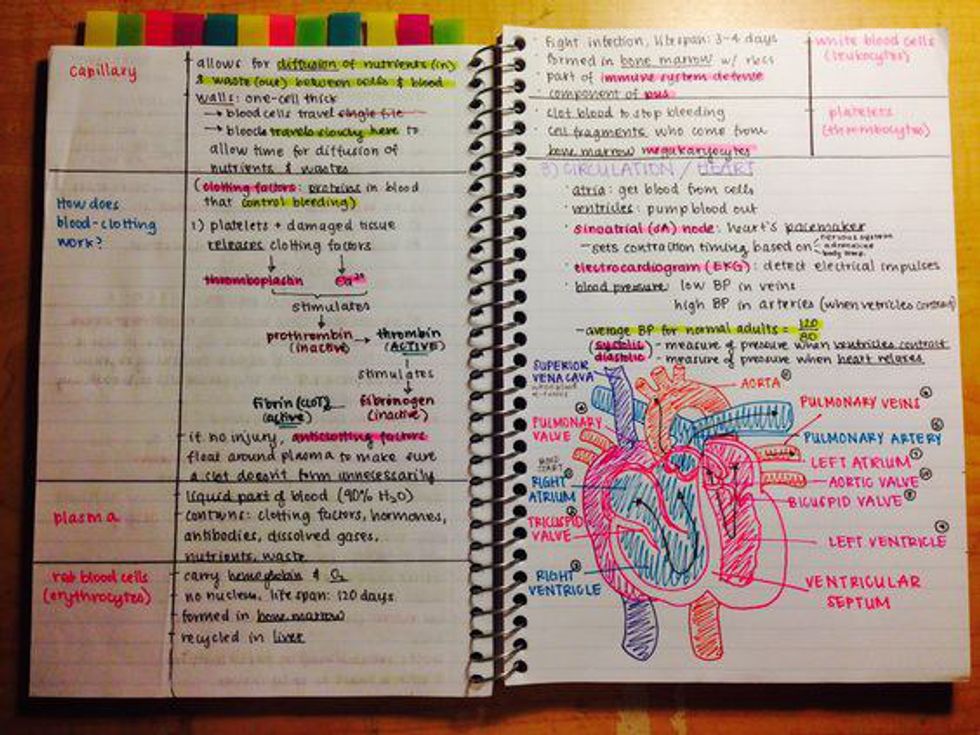The author is you and the sentence is your life.
I wear a semicolon on my wrist.
I wear this semicolon as a symbol of hope. I wear this semicolon as a symbol of life and of love. I wear this semicolon to show others that I am here to support them. I wear this semicolon to also support myself. I wear this semicolon next to my scars to remind myself of the decisions I've made. I wear this semicolon because it makes me feel stronger than I am and reminds me I am the author of my own story. I can decide when my story will end.
When I found out about Project Semicolon I was a junior in high school. I had no idea of the support system that would blossom from just a simple post. I believe I even wrote an article about it in my high school newspaper, along with one about To Write Love On Her Arms (another mental illness organization). I love seeing the impact that has been made over the past 4 years and all of the support being given.
Project Semicolon began in 2013, with the projects goal being "presenting hope and love to those who are struggling with depression, suicide, addiction, and self-injury." The project started with a young and beautiful person named Amy Bleuel.
The other day, we lost Amy. We lost Amy to the thing our community has been fighting the most. Sometimes our demons get the best of us, that is why we must keep fighting. Amy is a beacon of hope to the mental illness community, and no matter the choice she made she will stay that beacon of hope. Just because Amy is gone does not mean we should lose hope. My heart breaks for her family and friends, but her story will live on and ours must continue. Everyday someone takes their life, the numbers range and we can not rest until we reach every soul in need. This takes time, and every day brings on new challenges but we all must keep strong. There will always be someone out there who wants to help.
I suggest to any that need help or are looking to help others to visit the Project Semicolon website. The site has multiple options for people who need help and people who are willing to help.There are courses, chatrooms, helpful mental illness assessments and much more. To battle the stigmas surrounding mental illness we all need to take a part in educating others and getting the word out about these invisible diseases.
"Suicide prevention work is done almost exclusively by people who have lost someone to suicide or who have experienced their own suicidality. Often, the calling to suicide prevention comes close on the heels of a near miss with an attempt, or the suicide death of someone we love, and it comes with urgency. In that way, it puts many of us in a precarious position: we so desperately want to save others from suicide that we forget to save ourselves. We dive in with our life raft before we learn to swim." — Dese’Rae L. Stage, suicide prevention activist and founder of Live Though This
National Suicide Prevention Lifeline
Call 1-800-273-8255
Your Story Isn't Over










































